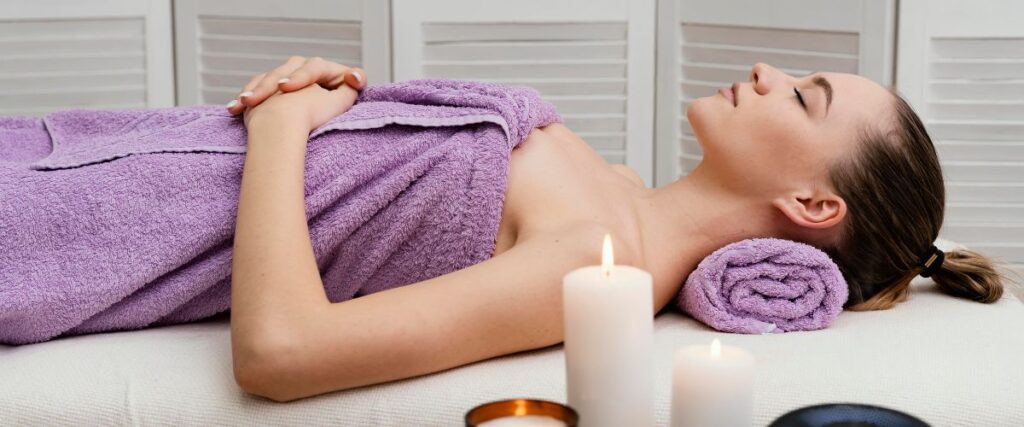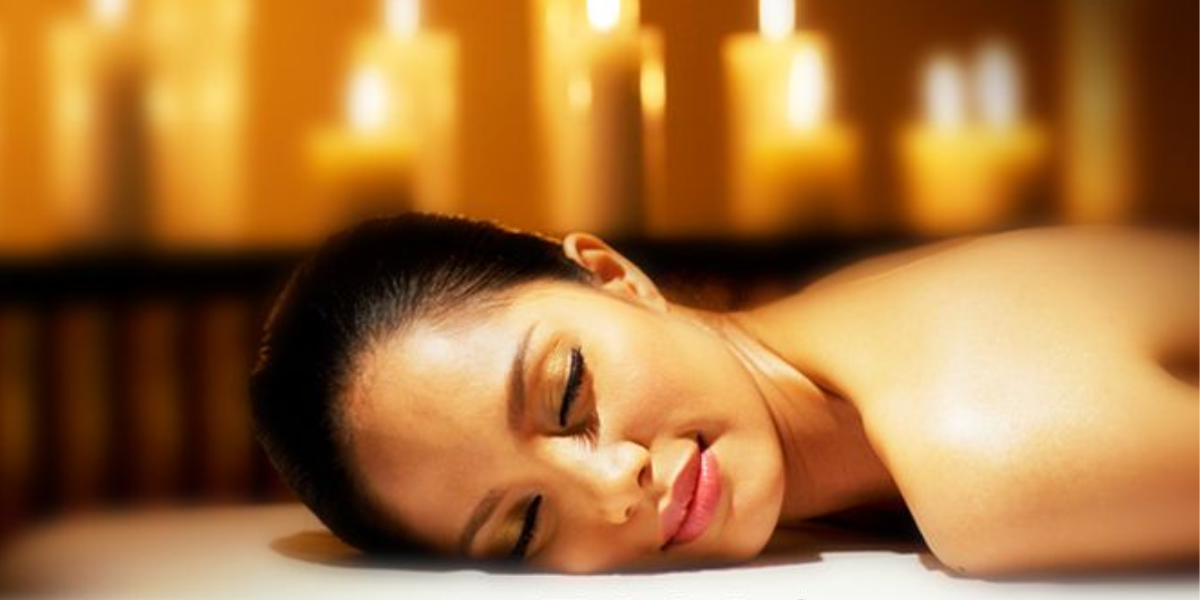
Foot reflexology, an ancient practice dating back thousands of years, is gaining popularity in modern times as a holistic approach to health and wellness. It involves applying pressure to specific reflex points on the feet to stimulate corresponding organs, glands, and systems throughout the body. While foot reflexology is not a cure-all, it has been found effective in alleviating various conditions and promoting overall well-being.
Understanding Foot Reflexology
Foot reflexology is based on the principle that the feet contain reflex points that correspond to different parts of the body. By applying pressure to these points, practitioners believe they can stimulate the body’s natural healing processes.
History of Foot Reflexology
Foot reflexology has roots in ancient Egyptian, Chinese, and Native American healing traditions. It was further developed in the early 20th century by healthcare practitioners such as Eunice Ingham.
How Does Foot Reflexology Work?
Principles of Foot Reflexology And Reflex Zones on the Feet
Foot reflexology works on the premise that there are energy pathways, or meridians, that run throughout the body. By manipulating specific points on the feet, practitioners can remove blockages and restore the flow of energy.
The feet are divided into reflex zones, with each zone corresponding to a particular organ or body part. For example, the tip of the big toe is believed to correspond to the head, while the heel represents the lower back and intestines.
Common Conditions Treated with Foot Reflexology
Stress and Anxiety
Foot reflexology can help reduce stress and anxiety by promoting relaxation and calming the nervous system.
Digestive Disorders
By stimulating the reflex points associated with the digestive system, foot reflexology may alleviate symptoms of indigestion, bloating, and constipation.
Insomnia
Foot reflexology may improve sleep quality by relaxing the body and mind, making it easier to fall asleep and stay asleep throughout the night.
Headaches and Migraines
Some people find relief from headaches and migraines through foot reflexology, as it can help alleviate tension and improve circulation.
Chronic Pain Management
Foot reflexology may provide relief from chronic pain conditions such as arthritis, back pain, and fibromyalgia by reducing inflammation and promoting healing.
Hormonal Imbalances
By balancing the body’s energy flow, foot reflexology may help regulate hormones and alleviate symptoms of hormonal imbalances, such as PMS or menopausal symptoms.
Pregnancy-Related Symptoms
Pregnant women may benefit from foot reflexology to relieve common discomforts such as swollen feet, back pain, and nausea.
Benefits of Foot Reflexology
Promotes Relaxation
Foot reflexology induces a state of deep relaxation, helping to reduce stress and tension throughout the body.
Enhances Circulation
By stimulating blood flow, foot reflexology improves circulation, which can benefit overall health and vitality.
Improves Sleep Quality
The relaxation induced by foot reflexology can lead to better sleep quality and improved sleep patterns.
Boosts Immune System
Foot reflexology may strengthen the immune system by promoting the body’s natural healing processes and reducing inflammation.
Balances Energy Levels
By restoring balance to the body’s energy flow, foot reflexology can increase energy levels and promote a sense of well-being.
What to Expect During a Foot Reflexology Session
Initial Consultation
Before a foot reflexology session, the practitioner will discuss your medical history and any specific concerns you may have.
Treatment Process
During the session, you will be seated comfortably while the practitioner applies pressure to various points on your feet using their hands or specialized tools.
Post-Session Care
After the session, it’s essential to drink plenty of water to help flush out toxins released during the treatment. You may also be advised to rest and avoid strenuous activity for a short period.
Safety Precautions and Considerations
Foot reflexology is generally safe for most people, but there are some contraindications. It’s essential to consult with a healthcare professional before undergoing foot reflexology if you have certain medical conditions or are pregnant.
Finding a Qualified Reflexologist
When seeking foot reflexology treatment, it’s essential to choose a qualified and experienced practitioner who adheres to high standards of hygiene and safety.
In conclusion, foot reflexology is a natural and non-invasive therapy that offers numerous health benefits. From reducing stress and anxiety to relieving pain and improving sleep quality, foot reflexology can be a valuable addition to your wellness routine. Whether you’re seeking relief from specific symptoms or simply want to promote overall well-being, consider exploring the ancient practice of foot reflexology.





